Convivium editor-in-chief Father Raymond J. de Souza spoke with Cross Country Checkup's Rex Murphy about the topic of euthanasia. "Just the very fact that the court is taking up this question again would indicate that the decisions of 1993 would be at least subject to revision," said Father de Souza. "Suicide has never been recognized as a good—something that's good for the person, obviously, and also for society as a whole—and the law reflects that. [...] But when you switch into a legal framework that says that in some cases, at least, suicide is a good—a contribution to the common good that should be allowed by law and encouraged by public policy—and you give, inevitably, the state the role of determining that, well, first of all, there's a philosophical shift, which is that some lives are considered, from the point of view of the law, not worth living. [...] Also, you have to accept that as a necessary consequence of allowing it in extreme cases, you will find in other cases, it will be applied, and the state will be in the business of advancing and even enforcing someone's death against their will." Listen to the program (Father de Souza's interview begins around 0:28:00): Should assisted suicide be a legal option?
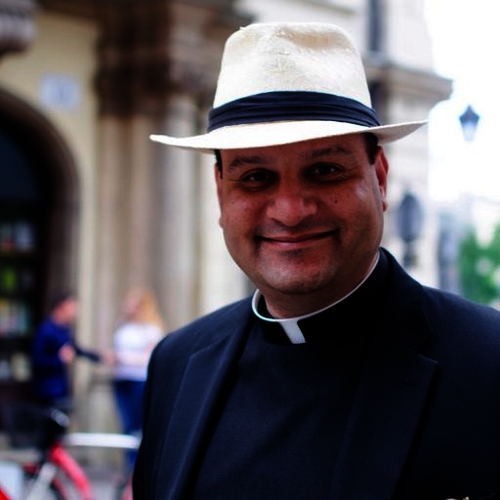
Father Raymond J. de Souza appears on Cross Country Checkup with Rex Murphy
October 19, 2014
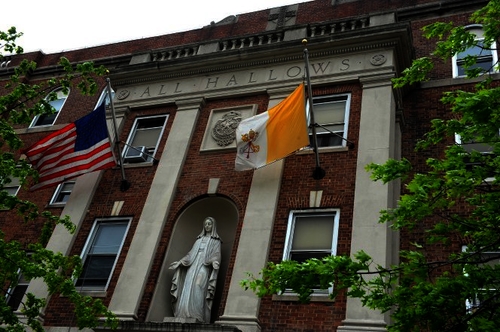
Helping good schools save themselves
Catholic schools work miracles — but they’re closing left and right. What can we do about it? And what can they do? The latest proof that these schools are a boon to society is a survey by the Canadian company Cardus. It’s well established that Catholic-school students, particularly urban ones, are much more likely to graduate high school than their public-school peers. But Cardus shows that these institutions are also providing a better education in the “STEM” fields vital to the good jobs in the modern economy — science, technology, engineering and math. The study looked at a nationally representative 1,500 people aged 24 to 39 who’d graduated high school. It found that students in Catholic schools “took more advanced classes in science and math than their public school peers.” They were more likely to have taken geometry, trigonometry and calculus, as well as chemistry and physics. The study authors note, “These findings may reflect the importance placed on a core academic curriculum for all students in Catholic schools.” No kidding. Yet these schools operate far more cheaply than public schools do. New York City spends more than $20,000 per student in its often-horrible public schools; the city’s Catholic schools spend just $7,000 per kid. Yet Catholic schools keep closing nationwide. And that’s a problem for all of us, because these schools educate so many non-Catholic kids. So how can we ensure their survival — or even their growth? Many support increased public funding of these schools — tax credits or vouchers offered directly to parents struggling to get a good education for their kids. Yet there’s also room for reform within. Notably, the Partnership for Inner City Education has stepped up to find ways to run Catholic schools better and more efficiently. A little over a year ago, the Archdiocese asked the Partnership to manage six schools — three in Harlem and three in the South Bronx. These are classic urban schools: All students are eligible for free lunch; 94 percent are black or Hispanic. The six together have a little over 2,100 students in grades K-8 — but enrollment’s been steadily dropping. The Partnership aims to “develop Catholic schools that are strong operationally and financially by maximizing enrollment, improving efficiency . . . and stabilizing revenue sources.” In other words, bring these schools up to the 21st century. The first thing that the Partnership did, explains Executive Director Jill Kafka, was “separate the academics from the operations.” She notes these were largely “mom and pop shops,” typically run by priests or teachers who’d been pushed into the position of principal. Yet that job involves making decisions about budgets and management that they had no experience with. The Partnership hired operations managers, some with MBAs, to deal with the non-academic side of running a school. It’s hard for a principal to be in charge of something like tuition. You want to talk to parents about their child’s educational prospects, but you also want to know why some tuition hasn’t been paid. At some of these schools, notes Kafka, parents got in the habit of thinking tuition was optional. Now there are Admissions and Development Associates at each school to ensure better communication between parents and the school. As one parent told the Partnership, “When I come to this school, I know I’ll get respect.” Things haven’t gotten just more efficient, but also more personal. There’s other updating. The teachers at the six schools are getting together to share best practices and ensure that curricula live up to high standards. Each school no longer operates in a vacuum — teachers needn’t reinvent the wheel whenever they sit down to figure out what to cover in each lesson and how. The schools now all have extensive and substantive after-school programs, including music, robotics and tutoring. They can work as a mini-district, competing against one another in basketball and chess, for instance. They’re not cookie-cutter; one specializes in the arts, for instance. But all gain from being part of a network, says Kafka, who acknowledges copying some strategies from the KIPP charter network. The Partnership, in turn, hopes to see other Catholic schools and dioceses steal from its successes. Let’s hope it catches on.
October 9, 2014
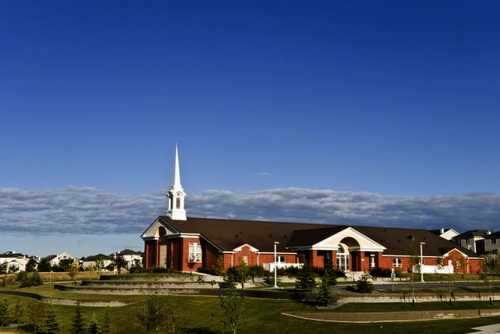
The Faith-Based Gap in the Institutional Landscape of Cities
There exists in Calgary, as in most other municipalities, an institutional gap that reduces the well being of communities and makes long-term sustainability much more difficult. Despite each side having a long history of city building in Calgary, faith-based organizations and City of Calgary's planning process have been running on different voltages for decades. The city departments that balance land use processes and decision making speak an administrative and process language that is incomprehensible to the leaders and members of most religious institutions. Those institutions, in turn, have not paid recent attention to the long-term planning processes of the city. The faith-based institutional landscape is also very diverse and fragmented, so it is difficult for the formal planning administration to engage with them as institutional players. Faith-based organizations lack the coherent organization equivalent to the Chamber of Commerce, for example. Ministerial groups and other denominational organizing efforts could be cited as a counterpoint to that claim, but these expressions of institutional collaboration are undertaken for purposes other than city building. Faith institutions may deliver service level work but rarely do they undertake the kind of long-term structural engagement that forms the core of city planning efforts. The Canadian Revenue Agency requires that an organization desiring charitable status fulfill the charitable purpose category (defined as "relief of poverty, advancement of education, advancement of religion, or certain other purposes beneficial to the community in a way the law regards as charitable"). The institution in question must have a purpose that contributes to the common or public good. Having such a purpose, the institution can be considered to have paid its dues by providing benefit to others. In a complimentary way, the Canadian Institute of Planners, in their "Planners Code of Conduct," specifies that planners must encourage debate, exchange, and inclusive process in the service of the public good (including such matters as the ethical handling of economic and other privileged information). Therefore, charities (a significant majority of which are religious in nature) and planning professionals alike have a public good requirement. The puzzle may be why that overlap is not more effectively developed and encouraged. I would assert that this gap in the social infrastructure of cities can, and should, be bridged. We could begin thinking about bridging the gap by focusing on the idea of the common good. The term "public good" or "common good" is also embedded in the Municipal Government Act, a Province of Alberta document that mandates, among other things, that elected officials are required "to provide good government" in the service of public interest. As an example, hundreds of faith-based organizations serve a wide and significant number of citizen needs in Calgary. City planners attend to the balancing of highly complex needs and dynamics of nearly a million residents as distributed across the more than 700 square kilometers of land occupied by the city. What could more robust engagement around themes of common good look like for these respective facets of Calgary’s social infrastructure? What efficiencies or new energies might be released through social and institutional innovation in this space? In all of this, neither city planners nor faith-based organizations are homogenous in their thinking or practice—there are clear differences between them that include legal, ethical, cultural and public aspects. Planners are naturally more concerned with the technical, concrete, spatial, and tangible aspects of the city (though planners are expected to far more than that), while faith institutions are concerned with matters of well being and spiritual care, purpose, meaning, and belonging. Finding greater common cause does not preclude respect for their necessary differences. A recently released report that I worked on, "Strengthening Vital Signs Through Urban Religious Communities," is the culmination of various smaller projects that the think tank Cardus has undertaken since 2008 in the City of Calgary. The primary concern of the report is to explore the state of faith-based organizational and city planning collaboration. Based on consultations, primary document research, and community conversations, it is clear that the City of Calgary has shown remarkable insight in recognizing the value of that collaboration, even if it has not been as active in pursuing the fully potential of that collaboration. In 2008, Cardus convened "Planning in Good Faith" in Calgary to draw attention to the deep and persistent role that faith-based organizations have played in city building. The new report takes considers what has been learned in Calgary since 2008 through the community consultations, faith and municipal leaders meetings, and events that Cardus has organized. Out of that work, the report poses the question, "Have faith institutions and city planners made sufficient use of their respective capacities in city building?" The answer is that there have been important gains but much remains to be done. Faith-based organizations have not invested collectively in the structural processes of the city, though their insights into the deepest aspects of human thriving are much needed in the conversations of the public square. Creating coherent public space through new social infrastructure is a critical need. Effective city planning will be indispensable for a sustainable, resilient Calgary of the future, and planners can ill afford to overlook any community resources that can help to realize that vision. Finding new ways to cross this civic crevasse represents a significant opportunity for a city that is still defining what it will become.
October 2, 2014
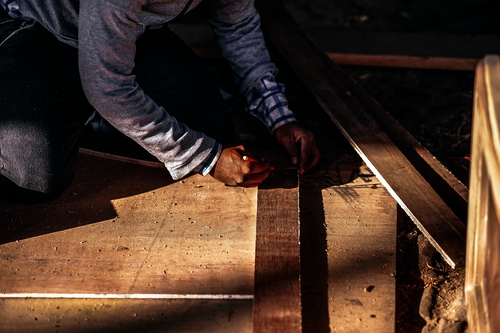
Ontario procurement needs to open up: Cardus report
Governments in Ontario are spending hundreds of millions of dollars more each year for the construction of infrastructure due to closed procurement practices, according to a Hamilton, Ont.-based think tank. "The idea is very simple. Reducing competition, in any circumstance, drives the price up and reduces the pool of bidders," said Stephen Bauld, a procurement expert and president of Purchasing Consultants International Inc. "If this trend continues, which only allows the very select few to bid on projects, it will be the beginning of the end for the small and medium-sized contractor." Bauld co-authored a report recently released by Cardus, which concludes that changing the public procurement process could save between $188 million and $283 million on the construction of infrastructure. The paper, Hiding in Plain Sight: The Need for Fairness and Fiscal Responsibility in Construction Procurement, examines restriction that are imposed on the public procurement process, by the Ontario Labour Relations Act. In particular, a section of the Ontario Labour Relations Act which requires large municipalities, including Toronto, Hamilton, Sault Ste. Marie, and the Region of Waterloo to be certified as "construction employers" was examined. Read the rest of this article the Daily Commercial News website.
September 23, 2014
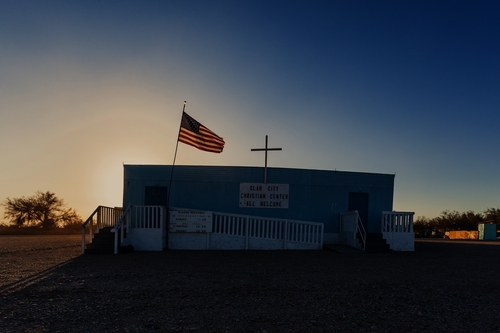
Church against state?
Reading Resident Aliens [by Stanley Hauerwas and William H. Willimon] is a kind of Rorschach test: the way a mainline Methodist reads it will be different from the way someone like me—an evangelical (of sorts) in the Reformed tradition—does. An heir of Abraham Kuyper encouraged to "transform culture," I learned from Hauerwas and Willimon how often, under the banner of cultural transformation, we march ahead into cultural assimilation. It wasn't until I read Resident Aliens that I realized I lacked a functional ecclesiology. Hauerwas and Willimon woke me up to a sense that the church has its own cultural center of gravity. We didn’t have to figure out how to hook up "Christ" with "culture" because the body of Christ is a culture, and specifically a formative culture. For those of us breaking out of fundamentalism, the Reformed tradition offered a "common grace" license that enabled us to say yes to culture. But in our new enthusiasm for affirmation, we tended to lose the other side of Kuyper’s approach—an emphasis on antithesis. Resident Aliens was apocalyptic for me in the sense of unveiling the deformative power of those other spheres of life we were so eager to affirm and transform. Read the rest of this article at The Christian Century.
September 18, 2014
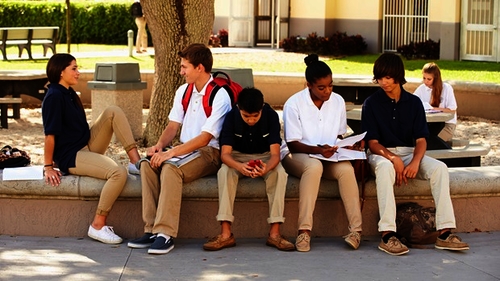
Do Christian Schools Produce Good Citizens? The Evidence Says Yes.
According to their critics, private Christian schools foster an attitude of isolation and withdrawal from society. And according to their boosters, public schools provide a unique and essential preparation for citizenship in a diverse nation. For the past five years, my colleagues and I at Cardus have been studying these claims, and last week, we released a new study that shows just how little data exists to support them. Do private schools (whether religious or not) foster social isolation? Do public schools uniquely help to create the "social capital" that comes from diverse friendships and working relationships? Based on the data we released last week, the answer seems to be no on both counts. Adult graduates of Evangelical Protestant, Catholic, non-religious private, and public schools were all as likely to have a close friend who was an atheist or of a different race. The only statistically significant difference we found was that Evangelical Protestants were marginally less likely to have a close gay or lesbian friend—about 57 percent of evangelical Protestant graduates, compared to 69 percent of public school graduates, report a friend or relative who is gay or lesbian. The Cardus survey, collected in March 2014 and analyzed by the team at the Cardus Religious Schools Initiative at the University of Notre Dame, was designed to give a comprehensive account of how different kinds of high schools contribute to the academic achievement, cultural engagement, and spiritual formation of their graduates. Read the rest of this article by Ray Pennings at the Christianity Today website.
September 17, 2014
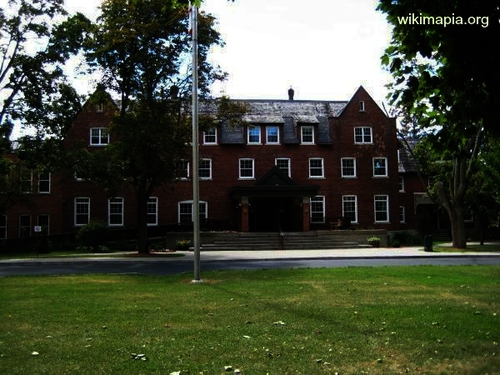
Do Ontario Private Schools Get a Bad Rap?
September 4, 2014

Why We Must NOT Reopen the Constitution
Those who want Canada's Constitution repaired, renewed, revitalized, re-jigged, re-worked, or otherwise re-opened, need to spend a working vacation with a bomb squad. They need refreshment in their understanding of what happens when something that isn't right goes completely wrong. The rest of us should be given leave to head for the hills. If that sounds alarmist—hey, it's just a constitution—it is probably because too many of us have already forgotten the catastrophe of the last round of nation building in the late 1980s and early 1990s. In the kind of paradox that particularly bedevils politics, it was actually a well-intentioned attempt to fix the horrendous damage done by the previous round of history-making dreams. And it put us squarely on the road to hell. Read the rest of this article at the C2C Journal website.
September 3, 2014
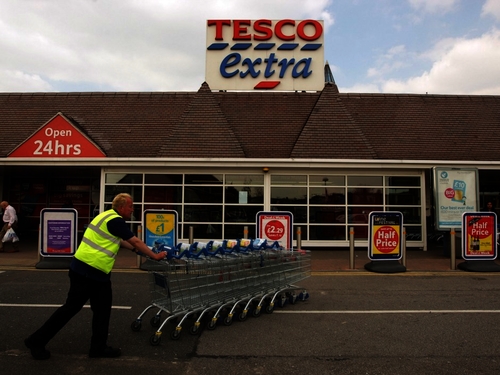
Unlike animals, human workers shouldn’t be electronically banded
Every British cow is required to wear an ear tag that tracks its movements from birth, through various farms and feedlots, until it ends up on the grocery store shelf. If that meat ends up on the shelves of British grocery giant Tesco, it could be that it was put there by an employee wearing a similar tag. Earlier this year, reports surfaced that “employees at the company’s Dublin distribution center are forced to wear armbands that measure their productivity so closely that the company even knows when they take a bathroom break.” Yes, Tesco workers must wear a device similar to that worn by “every bovine animal in the United Kingdom and the European Union.” Read the complete article at the National Post website.
August 27, 2014
Media Contact
Daniel Proussalidis
Director of Communications
